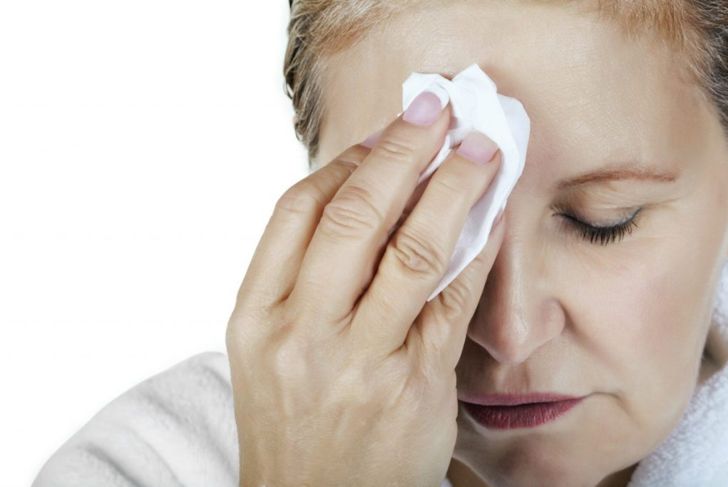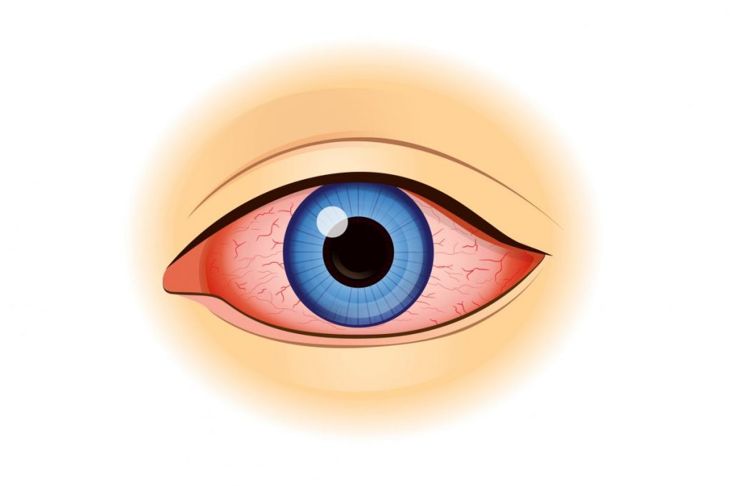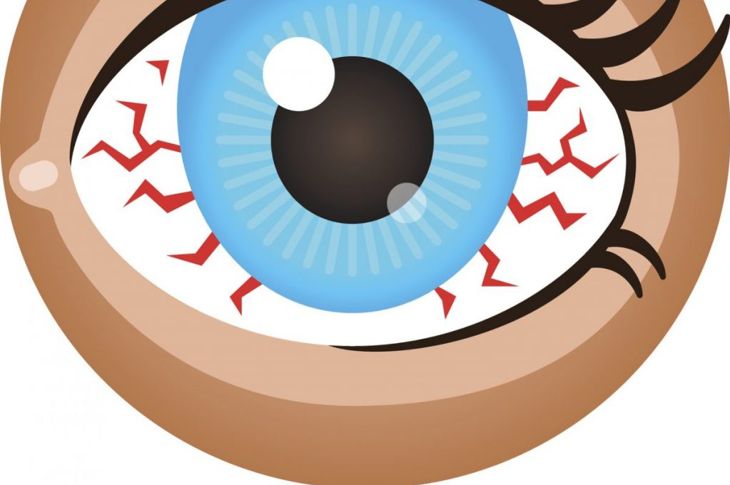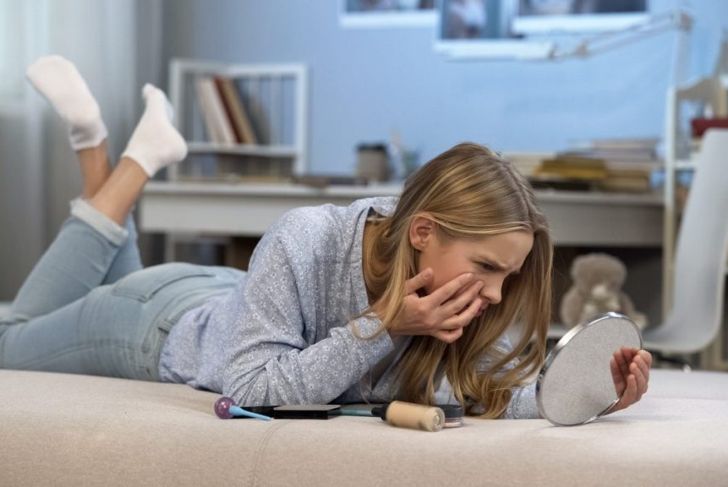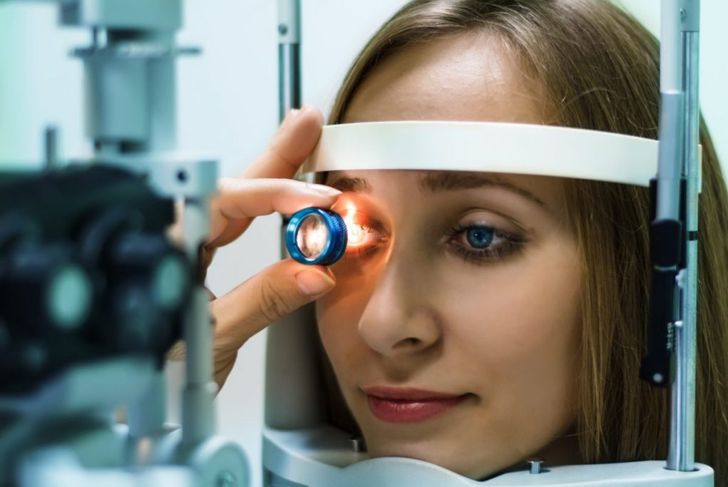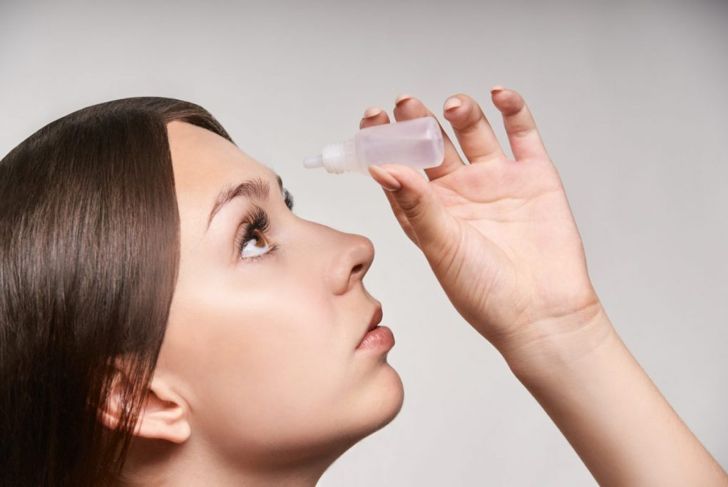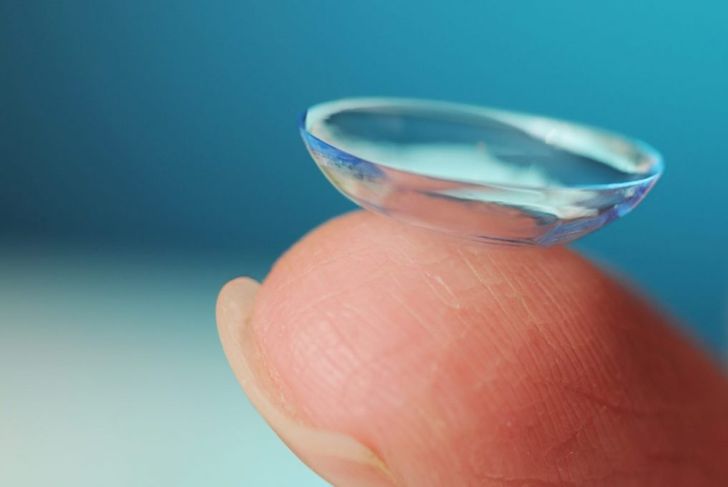A scratched cornea or corneal abrasion is one of the most commonly reported eye injuries. Pink eye, or conjunctivitis, is a common eye infection. Both conditions cause red, irritated, watery eyes. It isn’t always easy to decide if eye irritation is from conjunctivitis or a scratched cornea. There are three types of pink eye: viral, bacterial, and allergic. A scratched cornea is the result of damaged or lost cells in the epithelium or the top layer of the cornea. Corneal abrasions vary in severity depending on the extent of damaged epithelial cells.
Location
A scratched cornea only occurs in one eye unless both eyes are injured at the same time. Pink eye starts in one eye, but infection usually spreads to the other eye as well. The infection is more severe in the first eye. Corneal abrasions cannot spread from one eye to the other because scratches are a result of injury, not pathogens.
Pain or Discomfort
The cornea is a delicate and sensitive part of the body. A scratched cornea causes severe discomfort and pain similar to the sensation of sand or grit in the eye. Pink eye sometimes feels like an irritant is trapped in the eye as well. Opening and closing the eyelid aggravates the pain of a corneal abrasion. Pink eye causes itching and burning of the eyelids themselves, and it may cause sensitivity in front of the ears.
Discharge
Pink eye is known for white, green, or yellow discharge that may be thick enough to hold the eyelashes and eyelids together. The sticky discharge is a sign of bacterial conjunctivitis. Viral and allergic conjunctivitis cause watery eyes, and sometimes a runny nose as well. Scratches on the cornea cause tears and thin mucus production as the eye attempts to clear debris and irritation. Green, yellowish, or thick discharge from a corneal abrasion means the scratch is infected and requires medical care.
Light Sensitivity
Corneal abrasions share several symptoms with allergic conjunctivitis. Both cause light sensitivity, although it is more severe in cases of a scratched cornea. People with a scratched cornea frequently cover the affected eye or keep it closed unless they are in a dark environment. Watery eyes and a runny nose are symptoms of viral and allergic conjunctivitis or a scratched cornea. Bacterial conjunctivitis doesn’t produce clear tears.
Specific Scratched Cornea Symptoms
A scratched cornea causes symptoms unique to any type of pink eye. Symptoms unique to corneal abrasions include headache, blurry or impaired vision, a dull ache behind the eyes, nausea, and vomiting. Scratched corneas are caused by damage, although symptoms may not appear until hours after the initiating event.
Causes of a Scratched Cornea and Pink Eye
A scratched cornea can result from branches hitting the eye while walking or accidentally poking the eye with cosmetic brushes, pens, or similar objects. Irritants, foreign objects, or damaged contacts can also scratch the cornea. Bacteria entering the eye causes bacterial conjunctivitis, while viral conjunctivitis usually accompanies a cold or influenza. Allergic conjunctivitis coincides with other allergy symptoms.
Preventing Pink Eye or a Scratched Cornea
Lower the risk of a scratched cornea by staying alert while walking to avoid objects at eye level. Exercise caution with cosmetic brushes and other small objects near the eyes. Replace contacts as instructed — avoid wearing them too long and make sure hands and surfaces are clean before inserting them to avoid bacterial conjunctivitis. Hand hygiene and disinfecting commonly used surfaces minimizes the risk of viral or bacterial conjunctivitis.
Diagnosis
Physicians look at the eyes, the inside of the eyelids, and may palpate lymph nodes to diagnose a scratched cornea or conjunctivitis. Physicians often use eversion to assist diagnosis. Eversion is the process of flipping an eyelid up to examine the inside and ensure there are no irritants trapped under the eyelid. Swollen lymph nodes in the neck occur only in cases of viral pink eye. Doctors use a specially-formulated dye to view scratches on the cornea. Antibiotics treat bacterial pink eye. The doctor will obtain samples of discharge for testing, to determine the most effective medication.
Treatment
Viral pink eye clears up in two weeks or less without medical intervention. Pink eye associated with allergies will flare or clear up along with other allergy symptoms, and allergy medications can help relieve symptoms. Doctors treat bacterial pink eye with oral antibiotics and eye drops. Small scratches on the cornea usually heal on their own within two to three days. Consult a doctor if corneal abrasions have not improved after three days, or if the scratched eye develops a thick discharge. Large or deep corneal abrasions may benefit from immediate treatment with steroid drops to promote healing and antibiotic drops to prevent infection.
Prognosis
Most people with a scratched cornea or pink eye recover completely. Treatment can quickly manage both conditions, although corneal abrasions can cause complications. A scratch on the corneal epithelium damages only the very top layer. If the damage progresses to underlying layers, it becomes a corneal ulcer, which can damage the eye and impair vision. Contact lenses worn over corneal infections or conjunctivitis greatly increase the risk of a corneal ulcer.

 Home
Home Health
Health Diet & Nutrition
Diet & Nutrition Living Well
Living Well More
More

